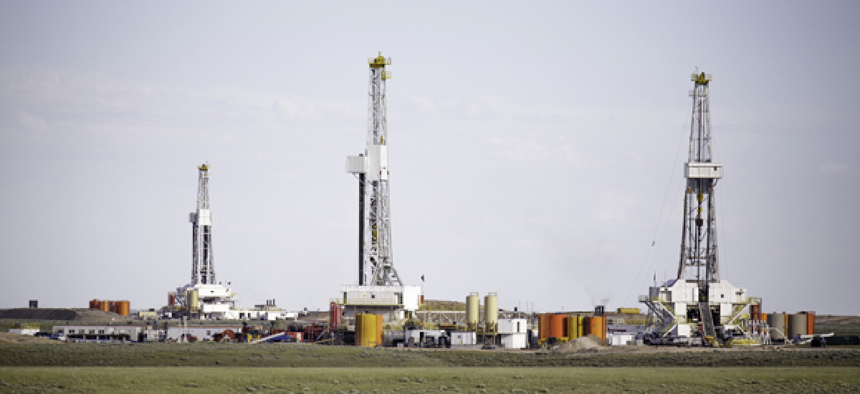How citizens’ data can augment environmental monitoring


Connecting state and local government leaders
By using citizen-generated data and analysis to “do data differently,” collective environmental problems could be more creatively and expansively addressed, researchers say.
“Just good enough” data generated by new, low-cost devices, such as Fitbits and Air Quality Eggs, is democratizing data sensing and collecting and can improve environmental monitoring, according to a recent report published in Sage Journals’ Big Data & Society.
Although this type of informal data as it is not as precise and accurate as measurements taken for regulatory compliance, it has the potential to transform the conversation by contributing new types of information, changing how data is compared and synthesized as well as increasing the relevance of the datasets by providing concrete information – in the form of data stories -- on how lives are affected by environmental pollution.
Additionally, this citizen-gathered data can mobilize a community to communicate with regulators, request follow-up monitoring, track exposures both by individuals and the community and create a case for improved regulation and industry accountability.
The researchers studied the results of a seven-month study in which residents of rural northeastern Pennsylvania concerned about the effects of hydraulic fracturing monitored local air pollution.
Because official air-quality monitoring infrastructure tends to be installed in densely populated areas, and because emissions data related to fracking is self-reported by industry and monitored by the states, residents were anxious to document their findings. They used sensors to measure distribution of specific chemicals and recorded their data in an online platform.
The low-cost sensors provided monitoring over a wider spatial area and longer time span than “episodic ‘expert’ monitoring,” the authors said. As a result, they could better show whether air pollution is occurring at certain times of day, in which locations and in relation to what emissions sources.
The researchers looked at what resident-gathered evidence might be considered air pollution data and how this additional information could augment “the potential limitations of ‘official’ modes of evidence that often ignore or overlook observations and experiences of health effects and changing landscapes,” the report noted.
“Although the citizen data did not assemble into a complete or continuous dataset,” the authors said, “by working across different types of data that could be compared and cross referenced, we could begin to detect patterns and tell stories about the data.”
These data stories – in which the sensor data, observations and images were assembled, visualized and analyzed -- became “forms of evidence that could be ‘just good enough’ to suggest that more attention should be given to ensuring air quality is protected in relation to fracking activities.”
Thus, while “citizen data” can be considered invalid by regulators, scientists and others because of its monitoring and collection methods, it can still serve a useful function in environmental monitoring.
“Rather than seeking to match the regulatory practices of monitoring in order to arrive at precise measurements of air pollutant levels, the citizen-gathered data indicated whether pollution events might be occurring and how they might be identified,” the researchers noted.
In short, “environmental data in many ways can benefit from the predictive techniques of big data, where spatial and temporal patterns can be generated from just good enough data and to enhance understandings from that data, for instance, by attributing pollution events to sources,” the researchers said.
“Citizen-generated data and data analysis can offer alternative ways of thinking about the often-monolithic discourses around environmental data and big data,” they concluded.
NEXT STORY: How to improve government services delivery




